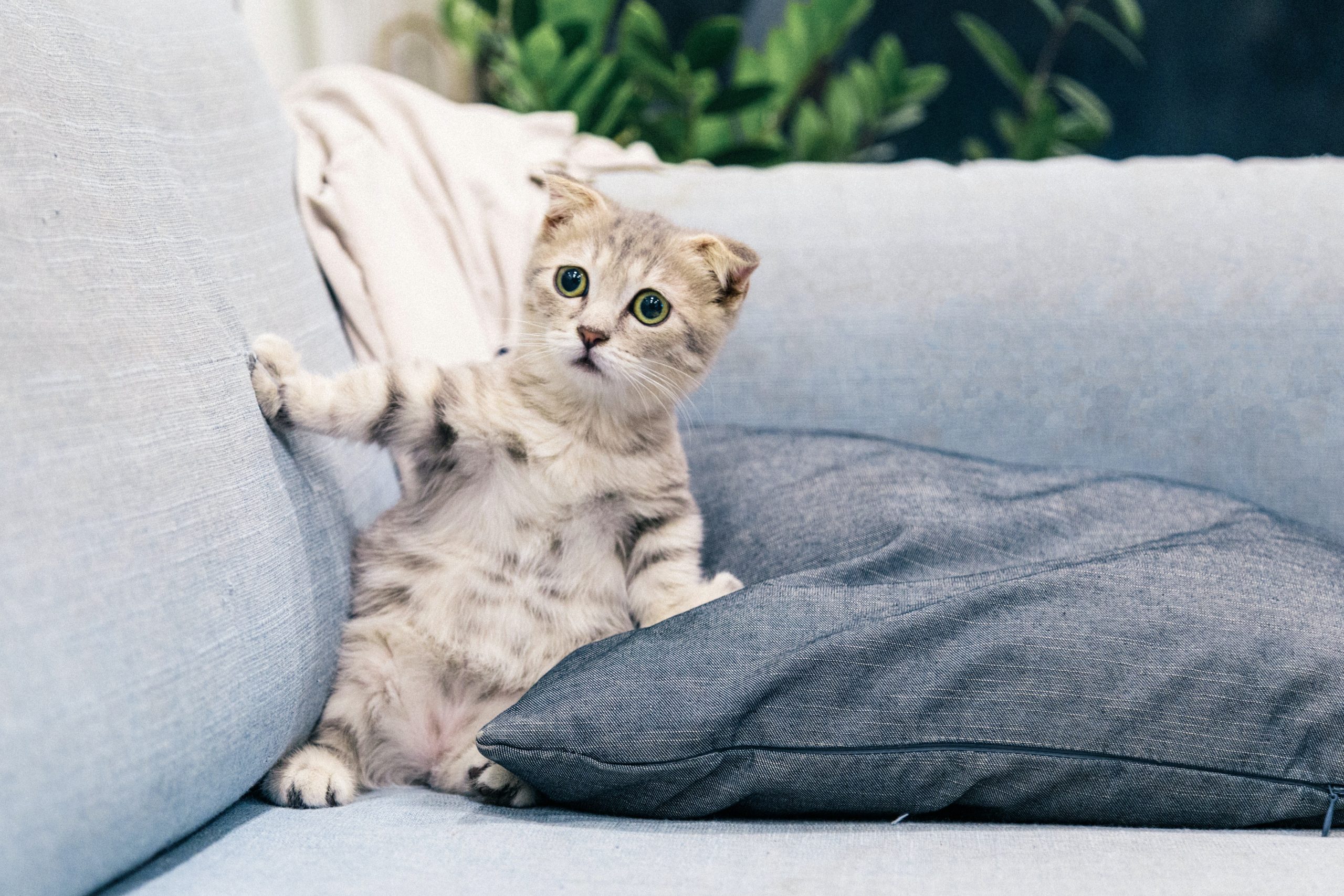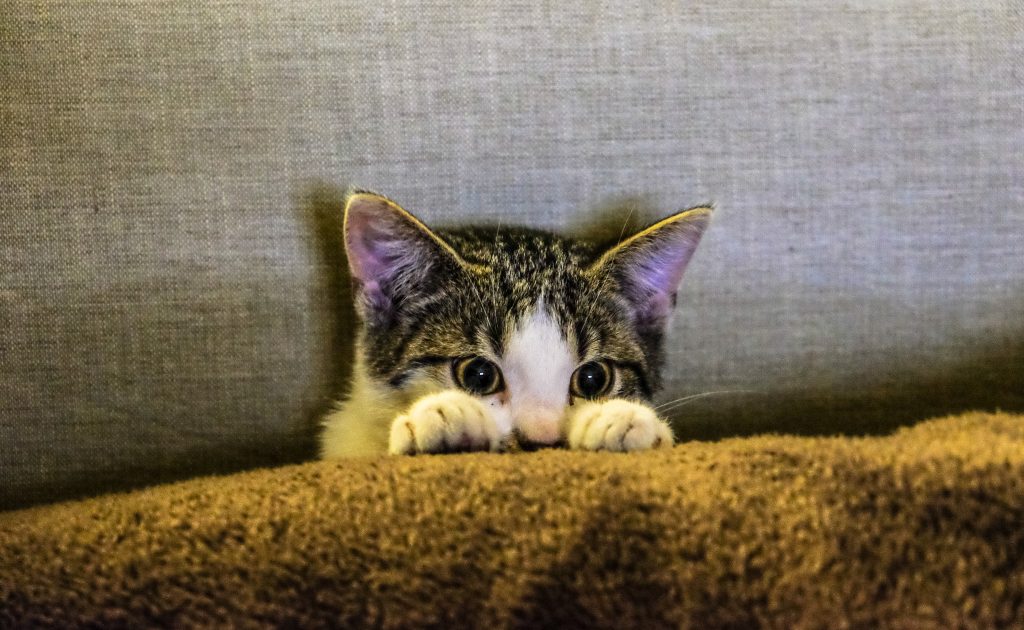Feline diabetes is a common disease that affects many cats worldwide. The condition occurs when a cat’s body is unable to regulate blood sugar levels. The result is an enlarged level of glucose in the blood, which can cause a range of health issues if left untreated. In this article, we will explore the symptoms, causes, and treatment options for kitty diabetes.
FELINE DIABETES SYMPTOMS:
Diabetes in cats’ signs can be difficult to spot, especially in the disease’s early phases. Though, as the disease grows, cats may exhibit some or all of the following symptoms:
- Increased thirst and urination: One of the most common symptoms of feline diabetes is an increase in thirst and urination. The cat may drink more water than usual and urinate more frequently. This is due to the body’s attempt to flush out the excess glucose in the bloodstream.
- Weight loss despite an increased appetite: Another common symptom of feline diabetes is weight loss despite an increase in appetite. The cat may seem to be constantly hungry but still, lose weight. This is due to the body’s incapability to use glucose as an energy source, which causes to the muscles’ destruction and fat cells for energy.
- Lethargy or weakness: Cats with diabetes may also appear lethargic or weak. This is due to a lack of energy caused by the body’s inability to use glucose as an energy source.
- Vomiting and diarrhea: In some cases, cats with diabetes may experience vomiting and diarrhea. This can be a result of the body’s attempt to flush out excess glucose in the bloodstream.
- Dehydration: Increased thirst and urination can lead to dehydration, which can cause a range of health problems if left untreated.
- Dull and dry coat: Cats with diabetes may also have a dull and dry coat. This is due to a lack of proper nutrition and hydration.
- Loss of muscle mass: As the body breaks down fat and muscle tissue for energy, cats with diabetes may experience a loss of muscle mass.
If you notice any of these symptoms in your cat, it is important to take them to the vet for a thorough examination and diagnosis.
CAUSES OF FELINE DIABETES:
Several factors can contribute to the development of feline diabetes, including:
- Obesity: Obese cats are at a higher risk of developing diabetes due to the insulin resistance caused by excess body fat. This insulin resistance makes it difficult for the body to use insulin effectively, which leads to an increase in blood glucose levels.
- Genetics: Some breeds of cats are more prone to developing diabetes than others, indicating a genetic predisposition to the disease. Burmese cats, for example, have a higher incidence of diabetes than other breeds.
- Age: Cats over the age of 6 are at a higher risk of developing diabetes. This is due to the natural aging process, which can lead to a decrease in insulin production and effectiveness.
- Other health conditions: Certain health conditions, such as pancreatitis and hyperthyroidism, can increase a cat’s risk of developing diabetes. These conditions can affect the body’s capability to yield and take insulin effectively.
FELINE DIABETES TREATMENT:
Feline diabetes treatment depends on the severity of the disease and the individual needs of the cat. In general, treatment options may include the following:
- Insulin therapy: Most cats with diabetes require insulin injections to regulate their blood sugar levels. The frequency and dosage of these injections will be determined by the vet based on the cat’s specific needs. Insulin is administered using a syringe and needle, and the injection is typically given under the skin of the cat’s neck.
- Diet: Cats with diabetes require a special diet that is low in carbohydrates and high in protein. This can help control their sugar levels and stop weight increases. The diet may also include specific supplements or medications to help manage the disease.
- Exercise: Regular exercise can also be beneficial for cats with diabetes. It can help improve insulin sensitivity and promote weight loss, improving the cat’s overall health.
- Monitoring: It is crucial to monitor your cat’s blood sugar levels regularly to ensure they are within a healthy range. This may involve at-home monitoring using a glucometer, or regular check-ups with your vet.
In addition to these treatment options, it is also important to make lifestyle changes that can help prevent or manage feline diabetes. This may include:
- Weight management: Maintaining a healthy weight is crucial for preventing and managing diabetes in cats. This may involve adjusting their diet, increasing exercise, and limiting treats and table scraps.
- Routine veterinary examinations: Regular health checks with your veterinarian can aid in identifying and treating diabetes in its early phases.
- Medication management: If your cat has other health conditions that can increase its risk of diabetes, such as pancreatitis or hyperthyroidism, it is important to manage these conditions to prevent diabetes from developing.
CONCLUSION:
It is vital to be aware of the symptoms of diabetes in cats and take them to the vet for a proper diagnosis and treatment plan. With proper management, including insulin therapy, diet, exercise, and monitoring, cats with diabetes can lead healthy and happy lives. Making lifestyle changes to prevent diabetes from developing in the first place is also important for the overall health of your cat. By working closely with your vet and providing the best possible care for your cat, you can help prevent and manage feline diabetes.
For more informative articles, click here.





Very informative and constructive meterial.
May everyone out there stay healthy.
Very informational article for people who have pets